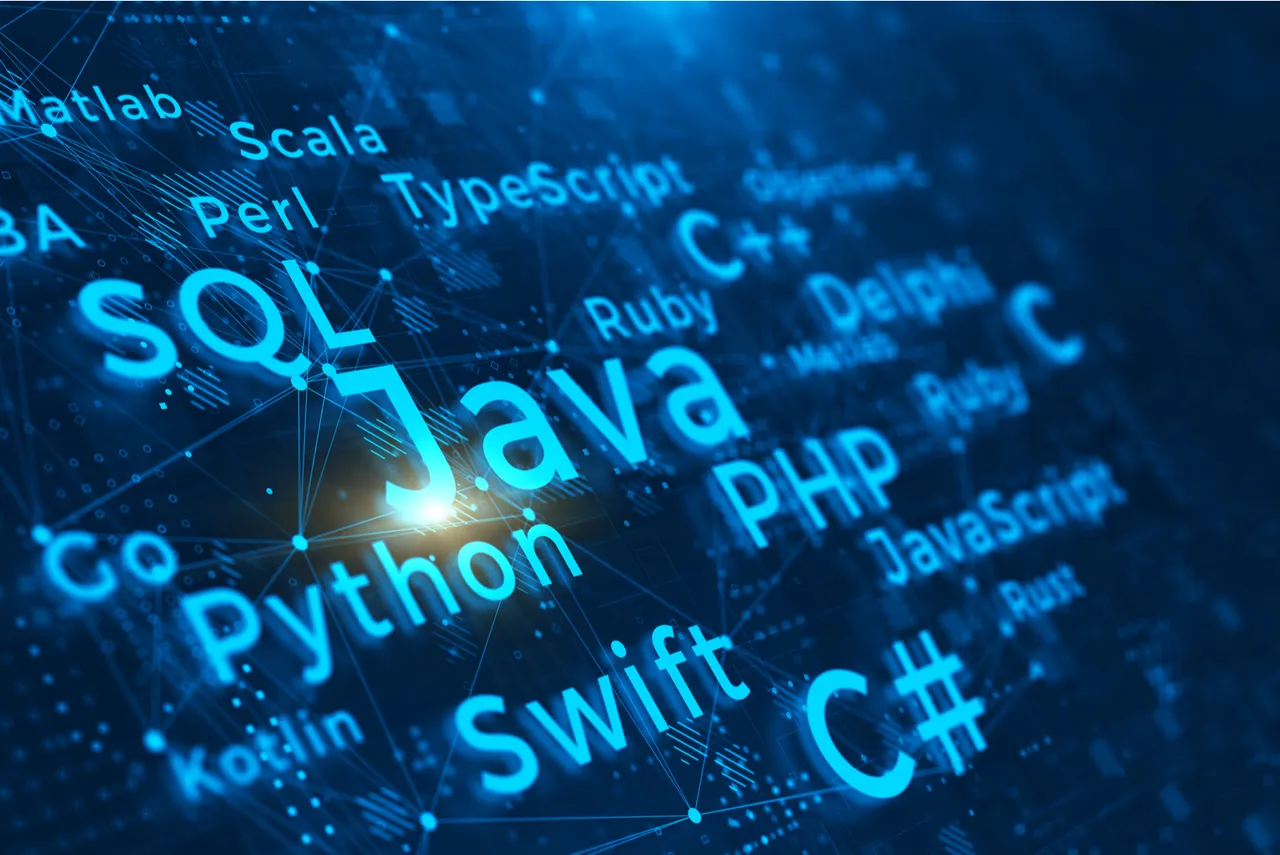Session 1: Introduction to OOAD
Overview of Object-Oriented Thinking
OO Concepts and Principles
Making the Case for Object Orientation
Lab: Exploring the OO Paradigm
Session 2: Unified Modeling Language (UML)
Introduction to UML and its role in OOAD
Static Diagrams: Use Case, Class, Package, Component, Deployment
Dynamic Diagrams: Collaboration, Sequence, State Chart, Activity
Labs: Class, Sequence, State Diagram Practice
Session 3: The Software Development Process
Understanding Development Lifecycle Models
Iterative & Agile Methodologies
Unified Process: Phases, Workflows, Iterations
Use Case–Driven, Architecture-Centric Approaches
Labs: Comparing Civil Engineering vs. Software Development, Modeling Processes
Session 4: Inception Phase
Visioning, Business Modeling, Stakeholder Identification
Risk Identification and Planning
Labs: Vision Statement, System Context, Stakeholder Analysis
Session 5: Introduction to Use Cases
Actors and Use Case Relationships
Writing Effective Use Case Descriptions
Building the Initial Use Case Model
Labs: Discovering Actors and Use Cases
Session 6: Additional Modeling Techniques
Domain Modeling: Identifying Business Concepts
Technology Modeling
Capturing Non-Functional Requirements
Labs: Domain Model Creation, NFR Definition
Session 7: Elaboration Phase – Analysis
Detailing and Elaborating Use Cases
Refining the Analysis Model
Labs: Identifying Analysis Classes, Deepening Use Cases
Session 8: Elaboration Phase – Design
Dynamic Modeling and Object Design
Working with Frameworks and Tiered Architectures
Applying OO Design Principles
Labs: Collaboration Modeling, Object Refinement
Session 9: Introduction to Design Patterns
Understanding Pattern Basics
Exploring the Iterator Pattern
Labs: Analyzing Collection Traversal and Iterators
Session 10: Core GOF Patterns
Gang of Four Patterns Overview
Design Pattern Categories and Benefits
Labs: Pattern Discussion and Analysis
Session 11: Applying Key Design Patterns
In-Depth Exploration of:
Factory Method
Strategy
Decorator
Template Method
Labs: Hands-on Use of Each Pattern


